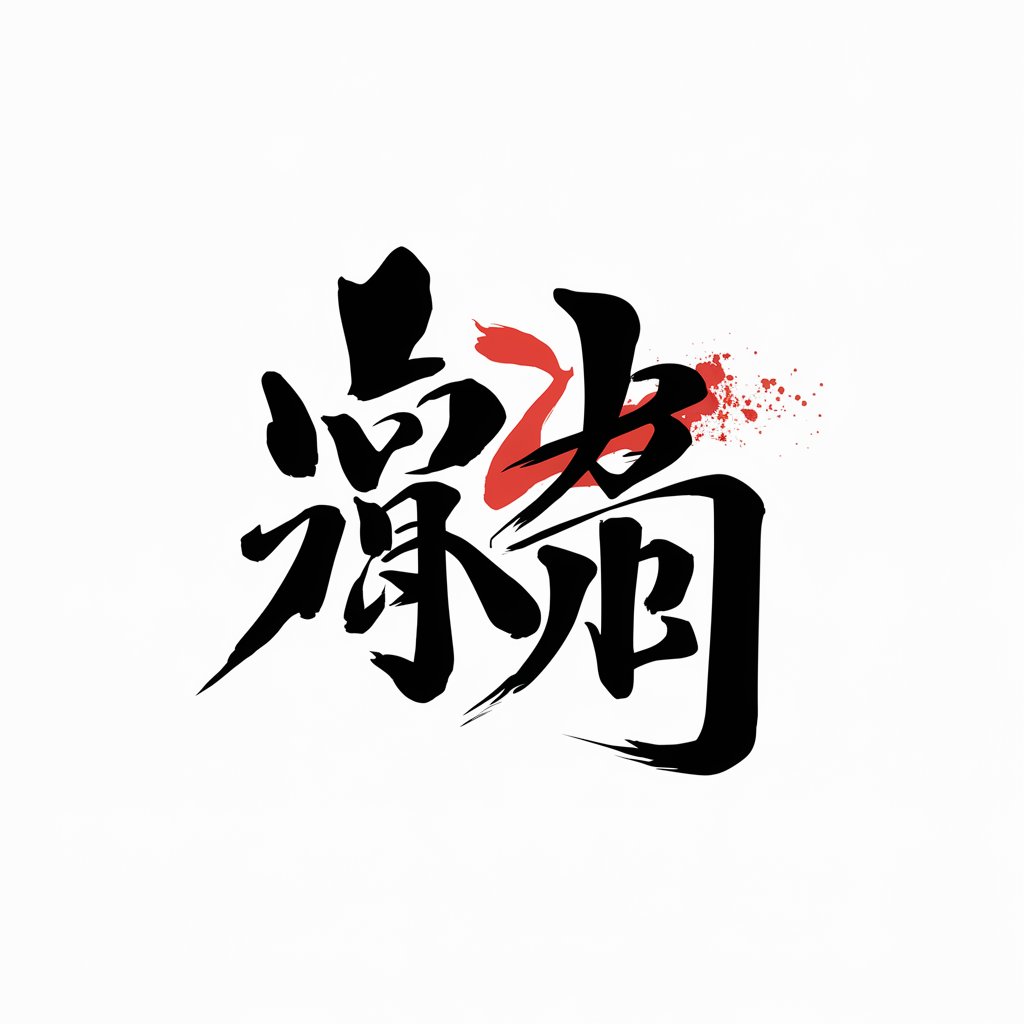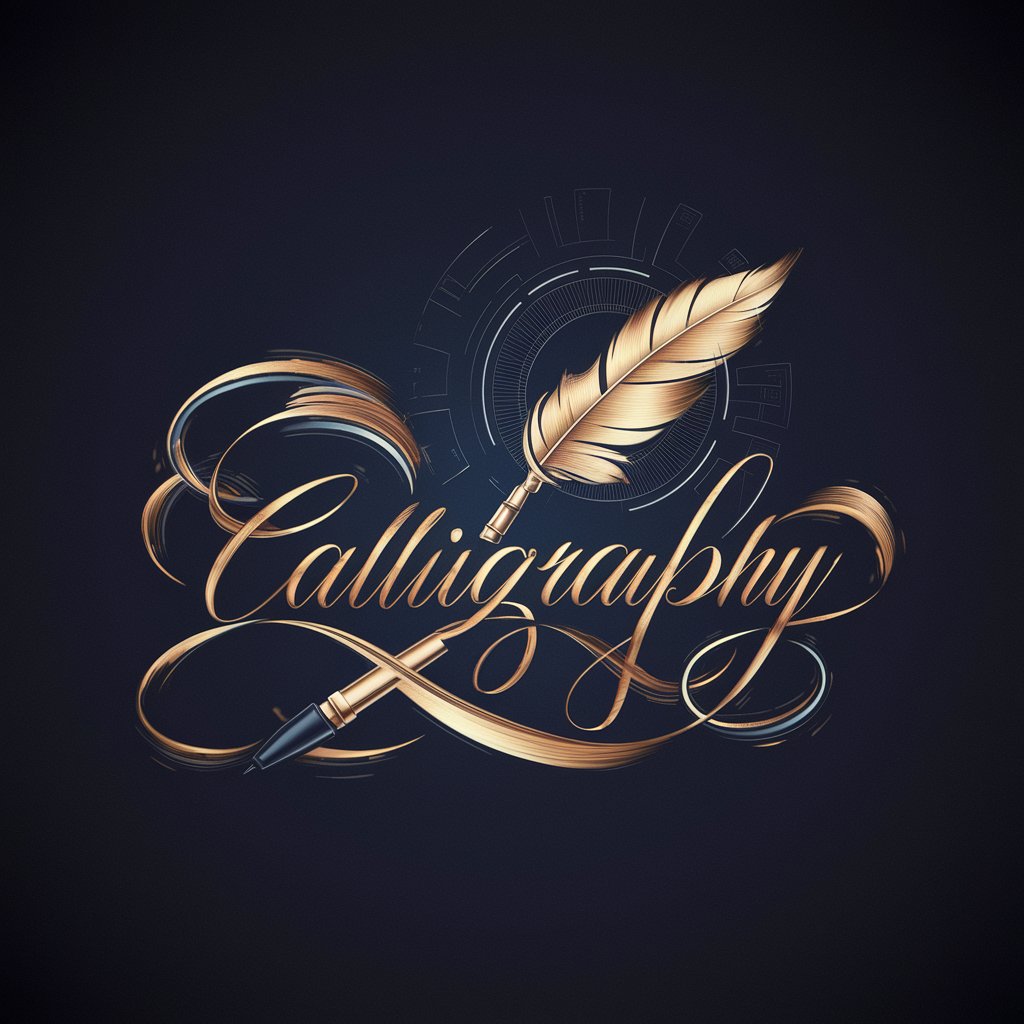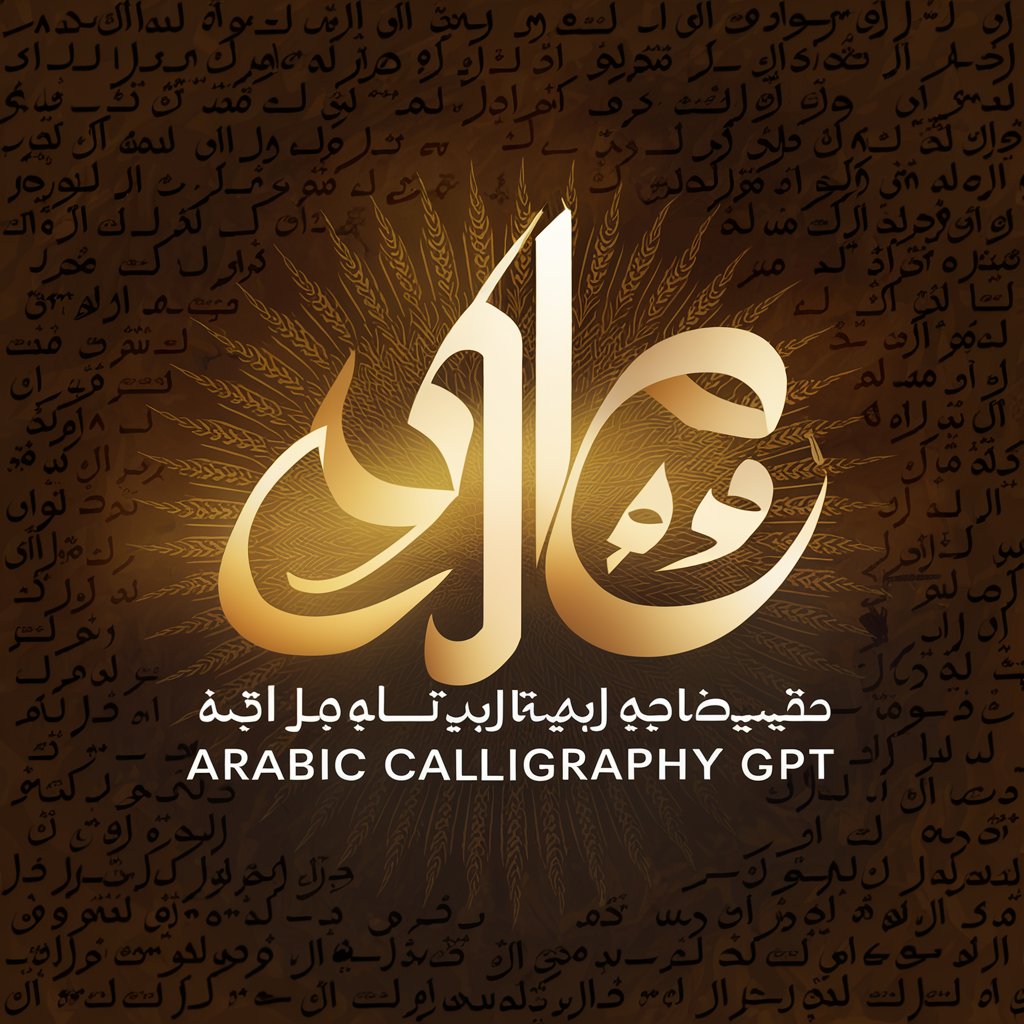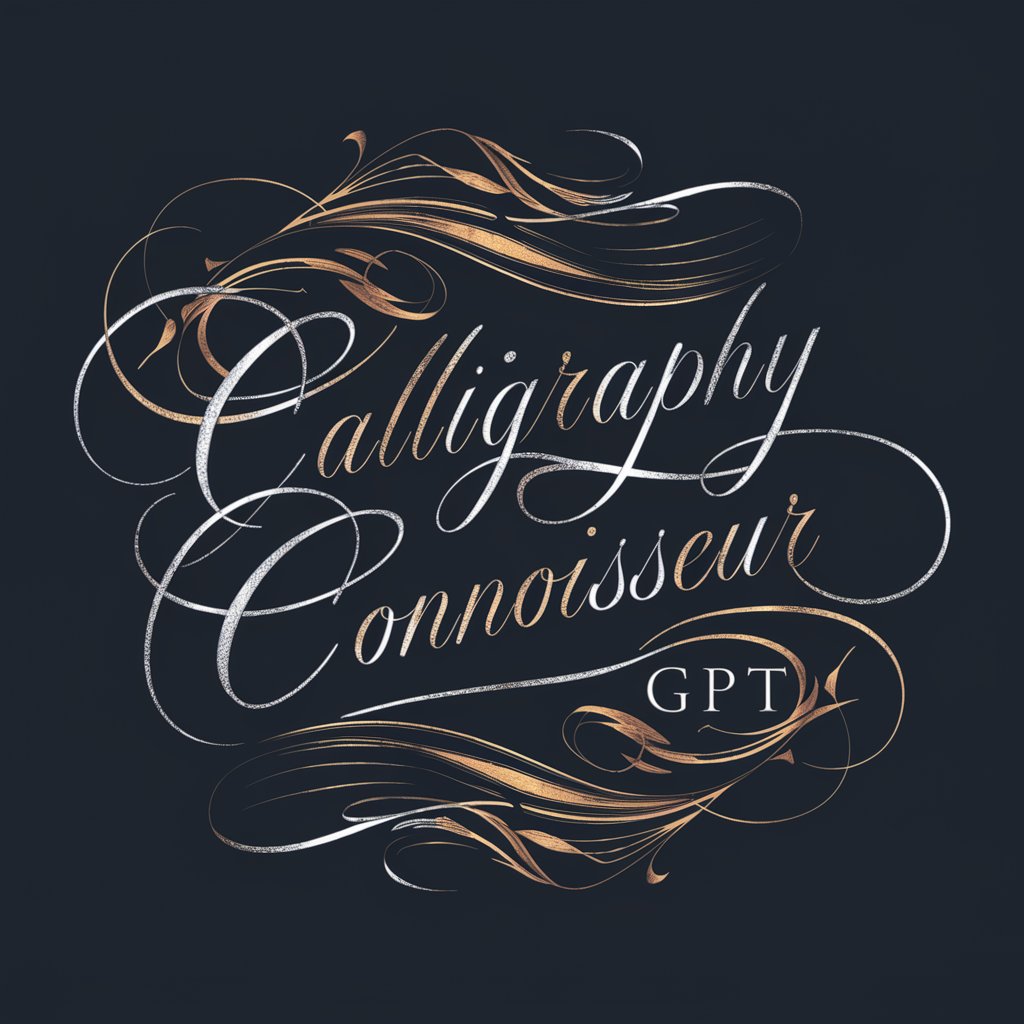
Calligraphy & Hand Lettering - AI-powered calligraphy practice tool

Master the art of beautiful writing with AI
Introduce Calligraphy & Lettering. ✒️
Upload image or file. 🖼️📁
Tell me about your capabilities. 📃
Show me basic calligraphy strokes. ✍️
Get Embed Code
Introduction to Calligraphy & Hand Lettering
Calligraphy and hand lettering are artistic forms of writing that emphasize the beauty and visual appeal of text. Calligraphy typically refers to the formal practice of penmanship using specific tools such as nib pens or brushes, where the letterforms are influenced by tradition and structure. Hand lettering, on the other hand, is a more flexible and expressive form of drawing letters by hand, often freeform and more illustrative in nature. Both art forms require patience, practice, and an understanding of various styles and techniques, from gothic to modern script. For example, traditional calligraphy may be used in creating wedding invitations using copperplate style, while hand lettering may be used in designing a mural with vibrant, custom-drawn letters. Powered by ChatGPT-4o。

Main Functions of Calligraphy & Hand Lettering Services
Skill Development and Tutorials
Example
Offering step-by-step guides on basic strokes, letterforms, and decorative techniques.
Scenario
A beginner wants to learn modern brush calligraphy and follows a structured tutorial on how to create thin and thick strokes using pressure control. Over time, the user advances to complex letter formations and compositions.
Feedback and Personalized Critique
Example
Users can upload their calligraphy or lettering work for evaluation and tips on improvement.
Scenario
An intermediate user uploads an image of a practice sheet with copperplate script. They receive feedback on consistent slant angles and stroke widths, along with advice to focus on rhythm and spacing.
Image Generation for Inspiration
Example
Generating calligraphy styles or custom-designed letters as visual examples or creative prompts.
Scenario
A user requests a gothic-style letter 'G' for inspiration. The service provides a generated image that illustrates the intricate details and flourishes of this style, which the user uses as a reference to practice.
Access to the Latest Trends and Resources
Example
Providing curated articles and resources about trending styles, new tools, and advanced techniques.
Scenario
A professional calligrapher keeps up with the latest modern calligraphy trends and tools like oblique pens or new brush pens by browsing regularly updated resources and recommendations.
Ideal Users of Calligraphy & Hand Lettering Services
Beginners in Calligraphy and Hand Lettering
Individuals who are new to the art of calligraphy or hand lettering will benefit from structured tutorials and basic guides. The service provides a solid foundation, starting with basic strokes and progressing to forming entire words and sentences. These users are often looking for a way to develop their artistic skills and require step-by-step guidance.
Intermediate Practitioners Seeking Improvement
These are individuals who have some experience in calligraphy or lettering but are looking to refine their techniques. They benefit from personalized feedback and advanced tips to improve consistency, rhythm, and composition. Intermediate users may also experiment with new styles and want guidance in expanding their repertoire.
Professional Artists and Designers
For professionals, the service offers inspiration and access to new trends, allowing them to stay current in their work. They may also seek advanced techniques, tools, or critiques to enhance their craft. Professionals often use calligraphy and hand lettering in branding, graphic design, or as a part of commissioned work like invitations and logos.
Creative Hobbyists
This group includes people who practice calligraphy and hand lettering as a form of relaxation or personal expression. They may not aim to become professionals but enjoy creating personalized artwork for gifts, home décor, or journaling. These users appreciate fun and creative exercises and often look for new styles to explore.

How to Use Calligraphy & Hand Lettering
1. Access the tool
Visit yeschat.ai for a free trial without login, also no need for ChatGPT Plus.
2. Set your calligraphy preferences
Choose your desired calligraphy style, such as traditional scripts (e.g., Copperplate, Gothic) or modern hand lettering techniques, to personalize your experience.
3. Explore tutorials and resources
Browse through comprehensive step-by-step tutorials for each lettering style. Each tutorial covers fundamental strokes, letter formation, and advanced techniques.
4. Practice using generated guides
Print or follow on-screen guides for structured practice, focusing on developing muscle memory, smooth strokes, and letter consistency.
5. Seek feedback and refine
Upload your work for AI-driven critique or personalized feedback, which helps pinpoint areas for improvement and advance your skills.
Try other advanced and practical GPTs
Hanguk Pal
Master Korean with AI Guidance
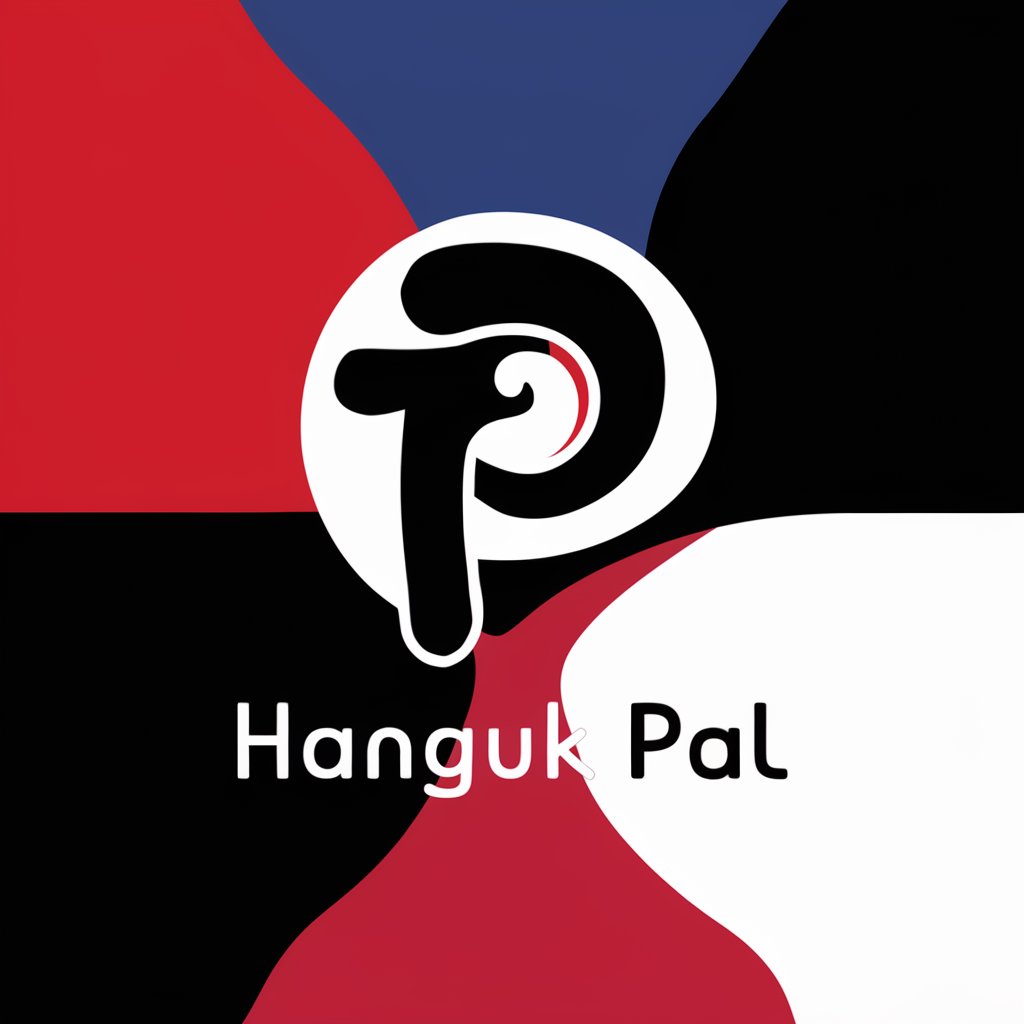
Hanguk Sensei
Master Korean with AI-Powered Learning

Hancom Office User Guide Chatbot
AI-Powered Hancom Office Assistance

Personlig Koreanska Lärare
AI-driven Korean Language Mastery
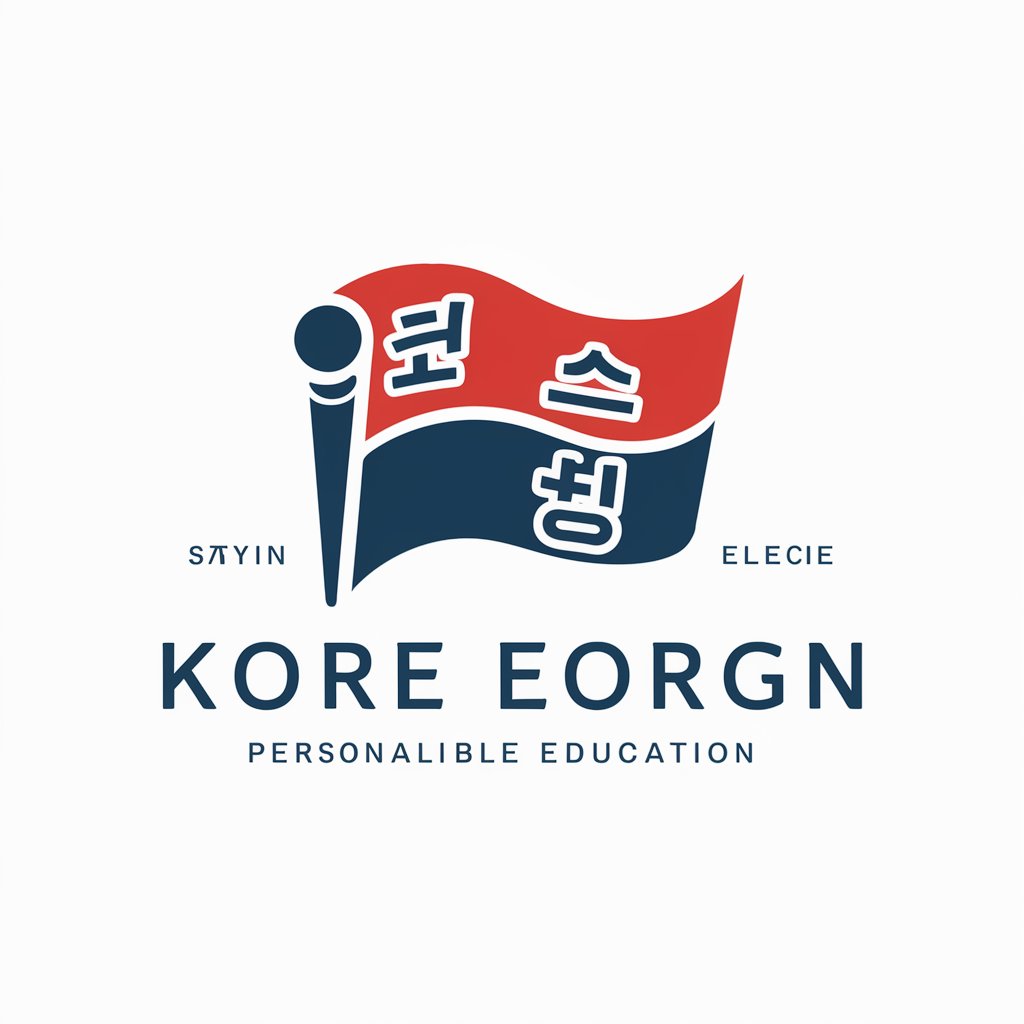
Hangul Helper
Master Korean with AI Assistance

Hangul Harmony
Master Korean, Powered by AI

The Boat Name Wizard
Craft Your Boat's Identity with AI

Startup Sage
Empowering Startup Success with AI

Model Maker Pro
Transform Ideas Into Reality with AI
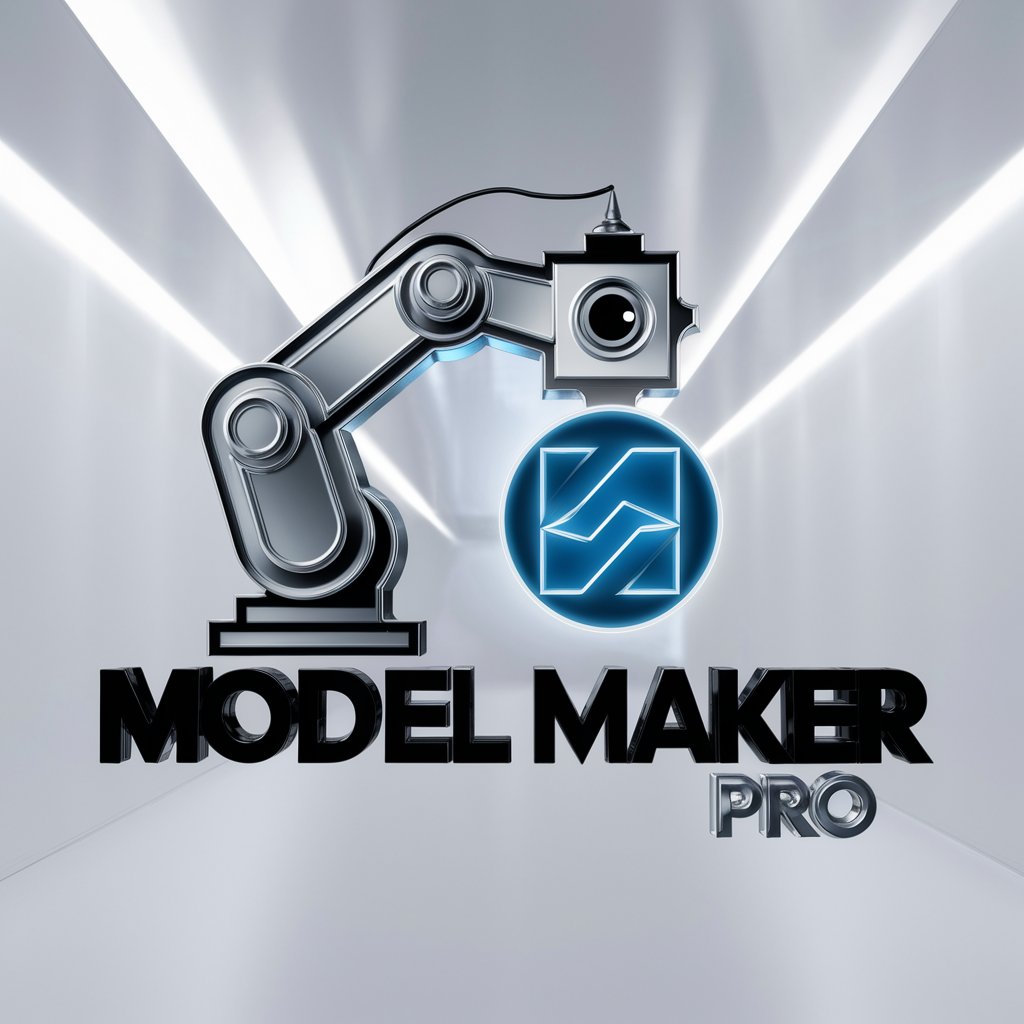
NAVI
Sail smarter with AI-powered weather forecasts.

Semper Fidelis
Your AI-powered Military Guide
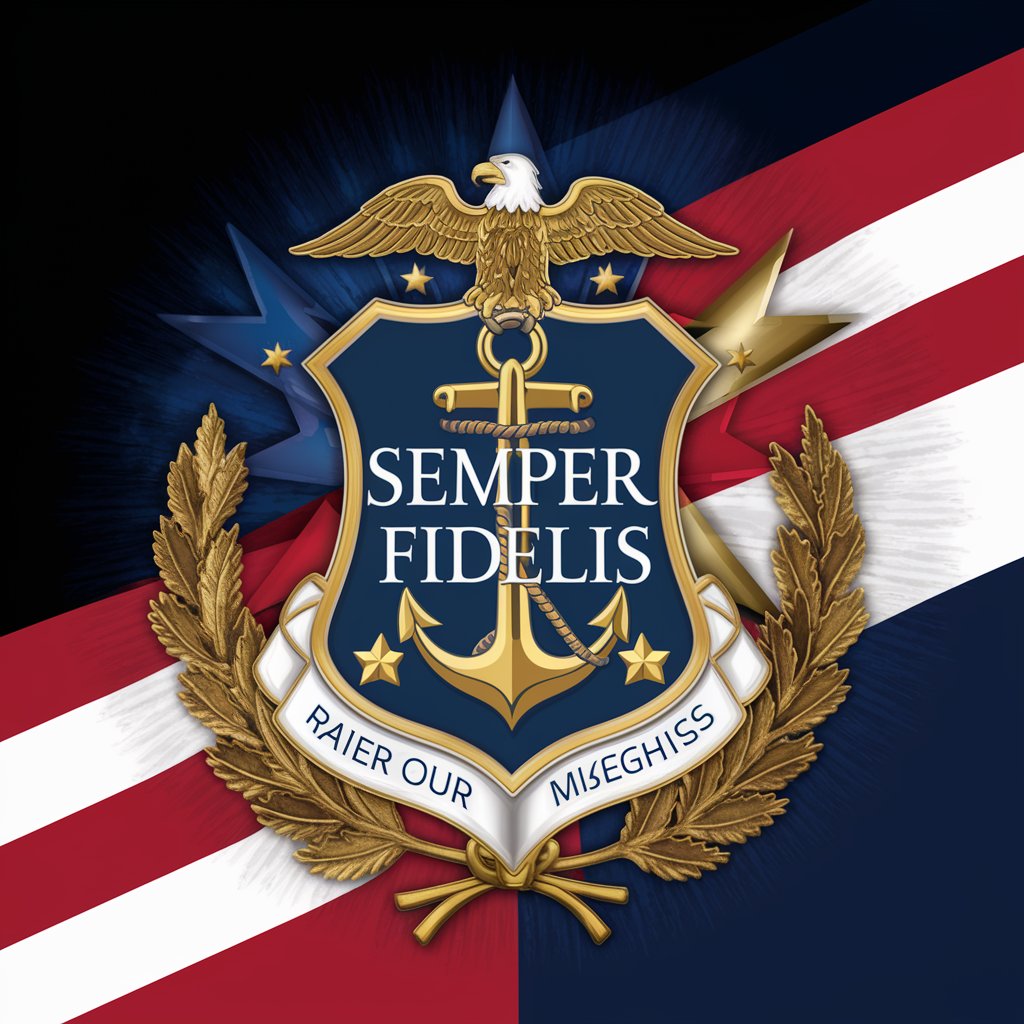
FIDIC Contract Manager
AI-powered guidance for FIDIC contracts.

FAQs on Calligraphy & Hand Lettering
What are the most popular calligraphy styles I can learn?
You can learn traditional styles like Copperplate, Italic, and Gothic, as well as modern hand lettering techniques. Each style has its own distinct look and methods.
How can I improve my hand-lettering consistency?
Improvement comes with regular practice, using guidelines to align your letters, and developing muscle memory for consistent strokes. Make use of printable guides and real-time feedback to stay on track.
What tools or materials do I need for calligraphy?
For beginners, you’ll need basic supplies like brush pens, dip pens, nibs, and high-quality paper. Digital calligraphy can also be done using apps or a tablet with a stylus.
Can I use this tool for designing custom invitations?
Absolutely! The tool is perfect for creating custom lettering for invitations, posters, greeting cards, and more. You can explore decorative elements to add flair to your designs.
Is it possible to get personalized feedback on my work?
Yes, the tool provides options to upload your work for AI-driven analysis or personalized feedback. This helps you identify areas of improvement and refine your technique.
